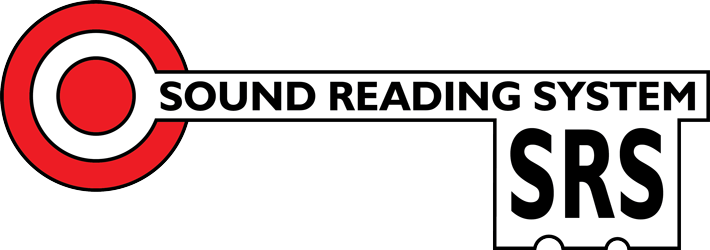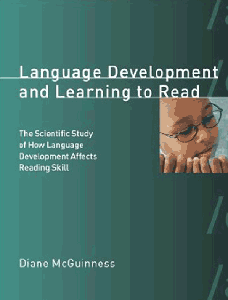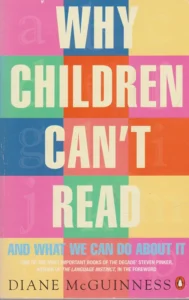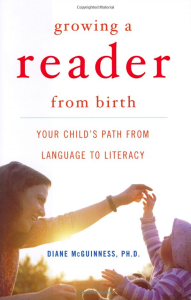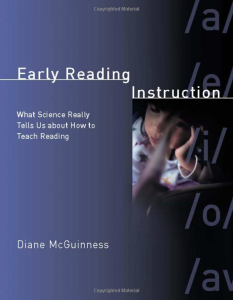Unlocking the Code is the Key to Reading Success
The key to unlock the puzzle of the English Alphabet Code empowers teachers to teach and children & learners of any age to reach their true reading potential
Diane McGuinness
Diane McGuinness was Emeritus Professor of Psychology at the University of South Florida. She is the author of over 100 research papers and several books including: Why Children Can’t Read, Penguin 1997, Growing a Reader from Birth, W.W. Norton, 2004, Early Reading Instruction, MIT Press, 2004 and Language Development and Learning to Read, MIT Press, 2005.
Her major contribution to the field of reading instruction is the first comprehensive analysis of the English alphabet code from a ‘sound’ base (1991). This has made it possible to greatly simplify the teaching of reading. In her recent books, which review over 100 years of applied research, McGuinness set out to discover a ‘Prototype’ – a set of principles which reflect the features of literacy instruction that work versus those that don’t. Applied, they will guarantee success in learning to read and spell. This has made it possible to greatly simplify the teaching of reading.
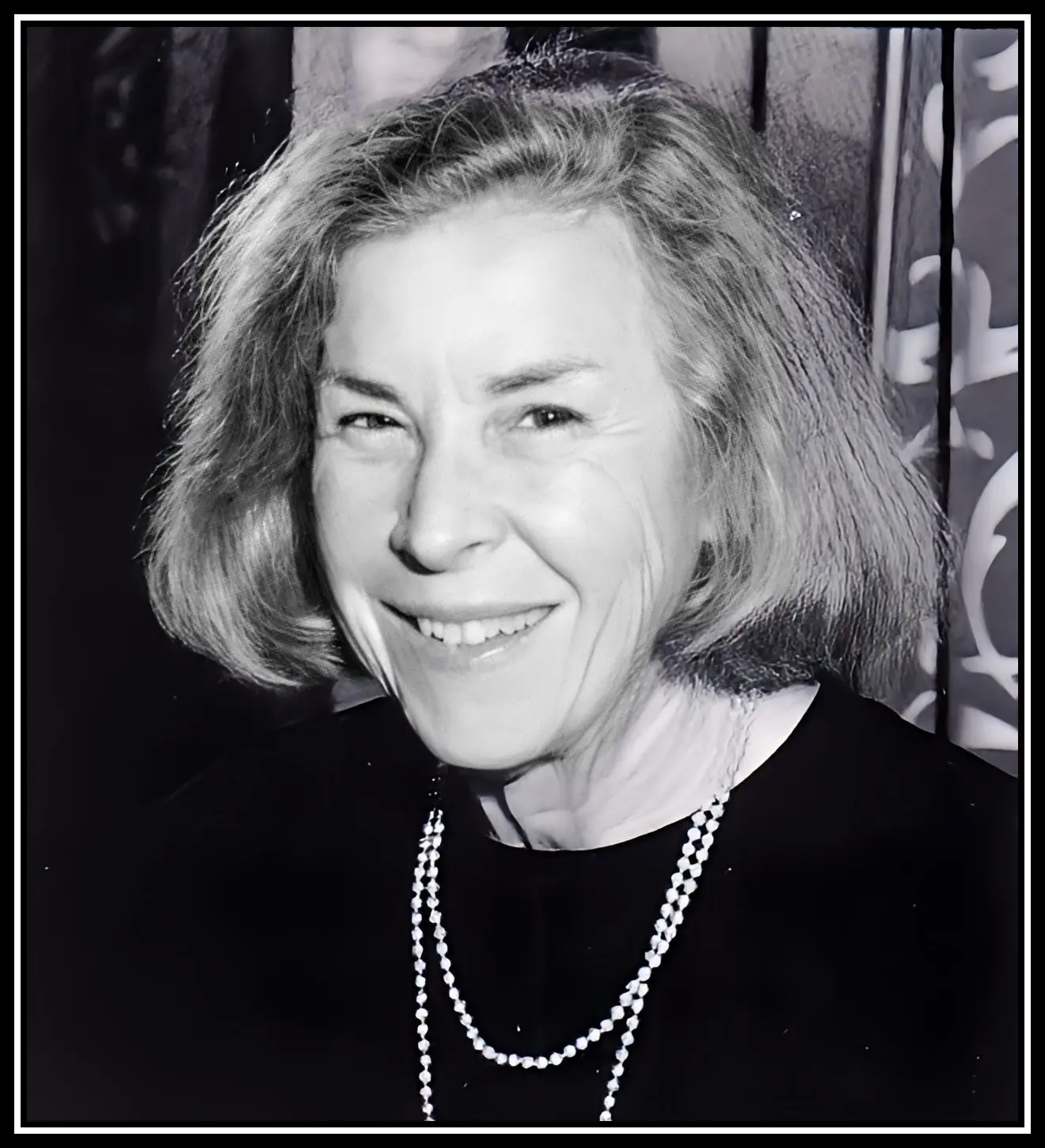
For six years Diane McGuinness lived in Oxfordshire and chaired the Our Right to Read Trust. She was actively engaged in the ORR Reading Centre in Oxford and the development of the Sound Reading System. Diane returned to live in Florida in November 2012. Diane became ill in 2018 and died on the 13th May 2022. Diane, a woman of incredible focus and maybe of genius, should be remembered gratefully for her seminal book, ‘Why Children Can’t Read’, as well as her kindness, humour and erudition.
Quotes and principles
“Letters do not have sounds. People do.”
Diane McGuinness, Early Reading Instruction MIT 2004, p53
“People can learn to decode at any age, but language skills cannot be taught at any age.”
Diane McGuinness, p10 Growing a Reader from Birth 2004
“Reading and spelling are reversible processes, and should be taught in tandem so that this reversibility is obvious.”
Diane McGuinness, p37, Early Reading Instruction, MIT Press 2004.
“A good reading programme must structure lessons in such a way that neither the teacher nor the pupils are ever confused or confronted by something they can’t do. In other words, information must be introduced systematically so that it is easy to assimilate.”
Diane McGuinness, Early Reading Instruction, MIT Press 2004
“The brain cannot cope with randomness… and very little active memorisation is necessary when learning is based on exposure to predictable patterns.”
Diane McGuinness, p59, Early Reading Instruction, MIT Press 2004.
“Our brains do the work for us. Once the structure of the spelling code is set up visually, numerous features and patterns come to light. The only active memorization required is to learn the 40+ phonemes (sounds) in the language and their spellings. Spelling alternatives for each phoneme can be mastered through controlled exposure and varied repetition:
- dictionary activities,
- fail-safe worksheets,
- reading specially designed stories,
- copying/writing,
- creative writing.
Use of these patterns can dramatically speed up learning while reducing memory load, and is essential for setting up a sequence of instruction.”
Diane McGuinness, p59, Early Reading Instruction, MIT Press 2004
“The Laws that Govern Writing Systems:
As McGuinness has noted in the introduction to SRS, the laws governing writing systems are based on human language and memory, therefore these laws have great relevance for reading instruction, both in the classroom and in remedial settings. Choosing a sound unit for a writing system is not arbitrary. It is based on three critical factors:
- The speech patterns or ‘phonological structure’ of the language itself,
- The ease with which people can hear the sound,
- The limits of memory.
We know from research that there are three main teaching activities:
- Learning to segment and blend the individual sounds in words: Skills.
- Learning which letters (spellings) represent which sounds in words, taught logically from simple to complex: Knowledge.
- Copying or writing letters, words and sentences: This combines skills and knowledge.”
Diane McGuinness, p113, Early Reading Instruction, MIT Press 2004
